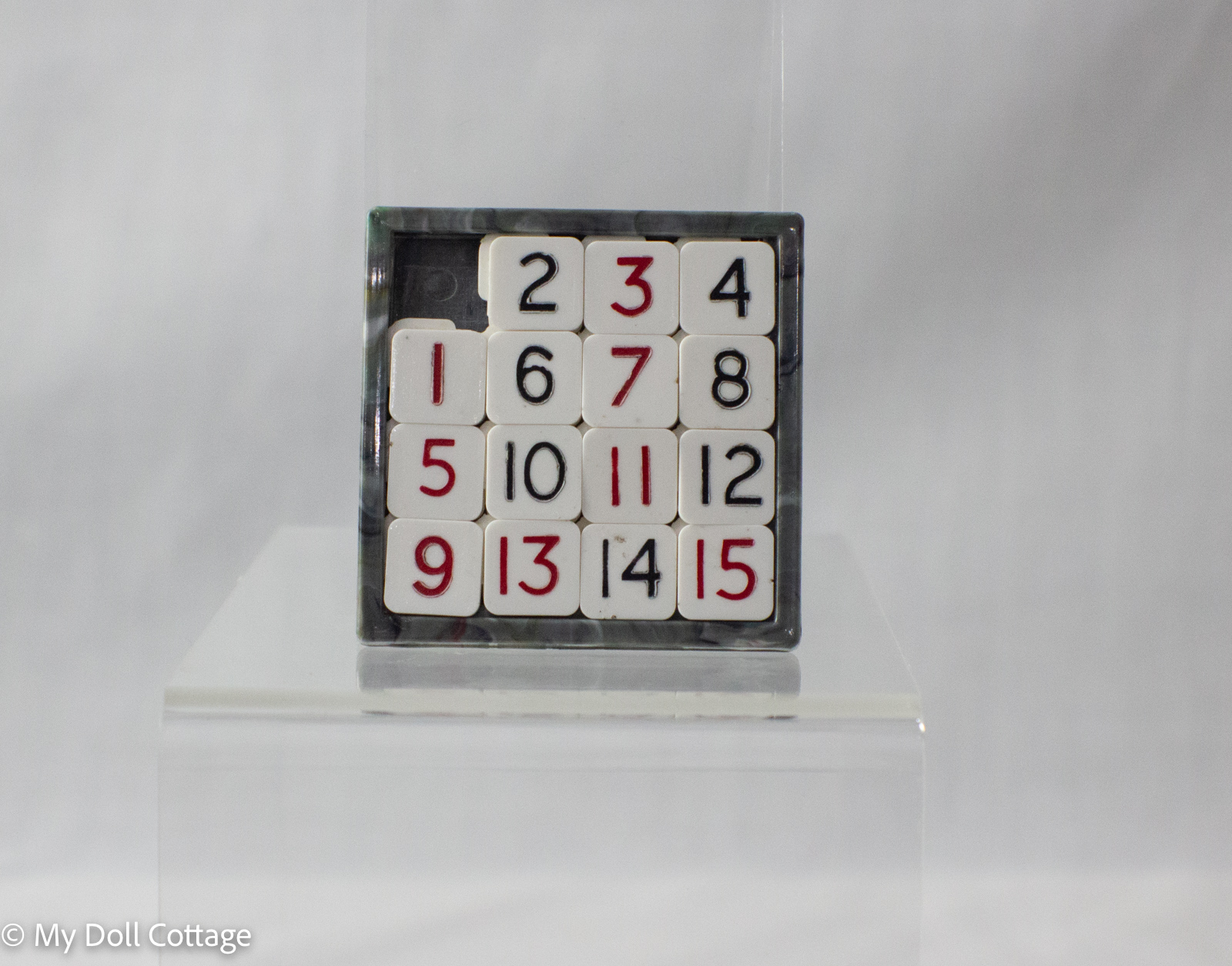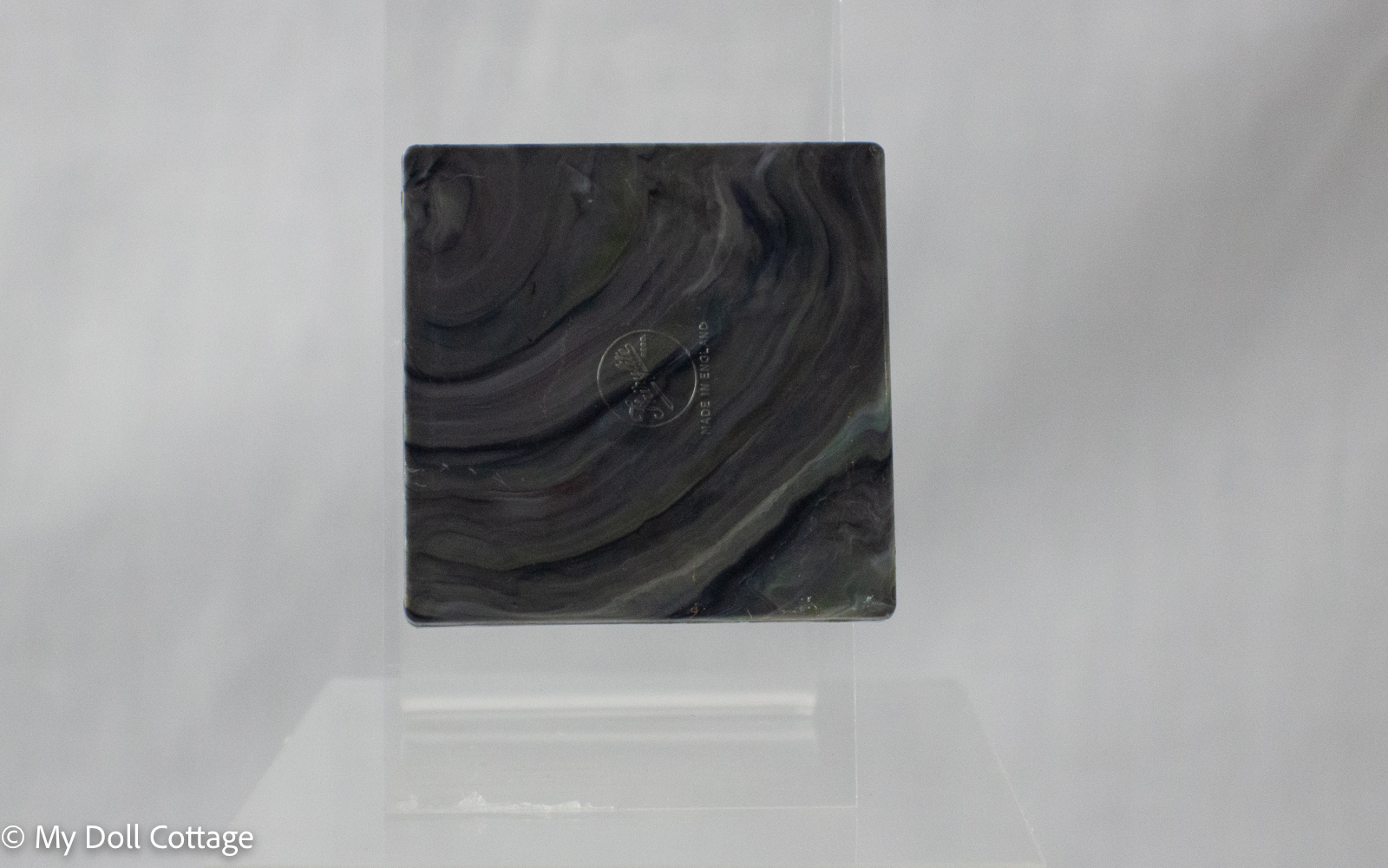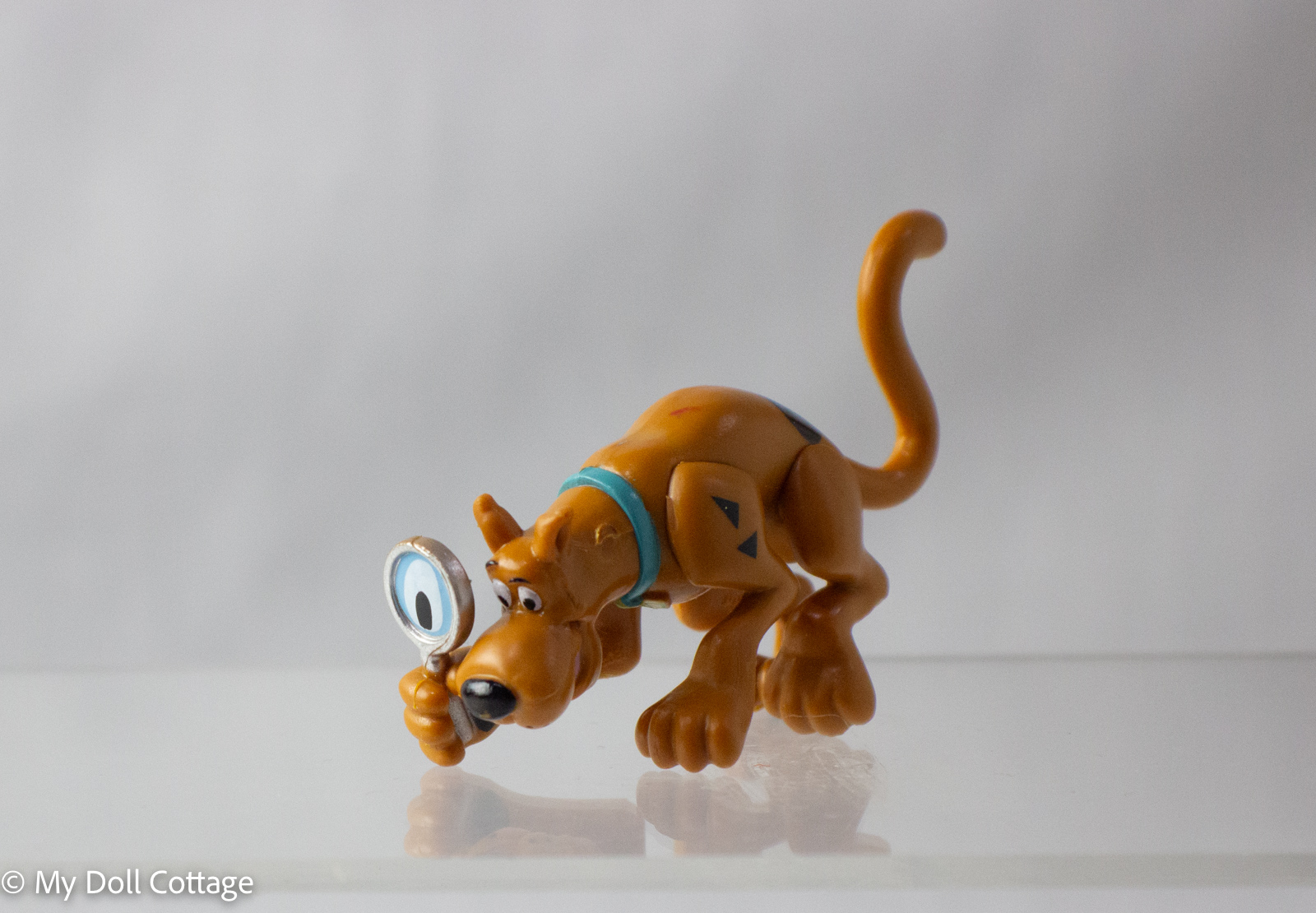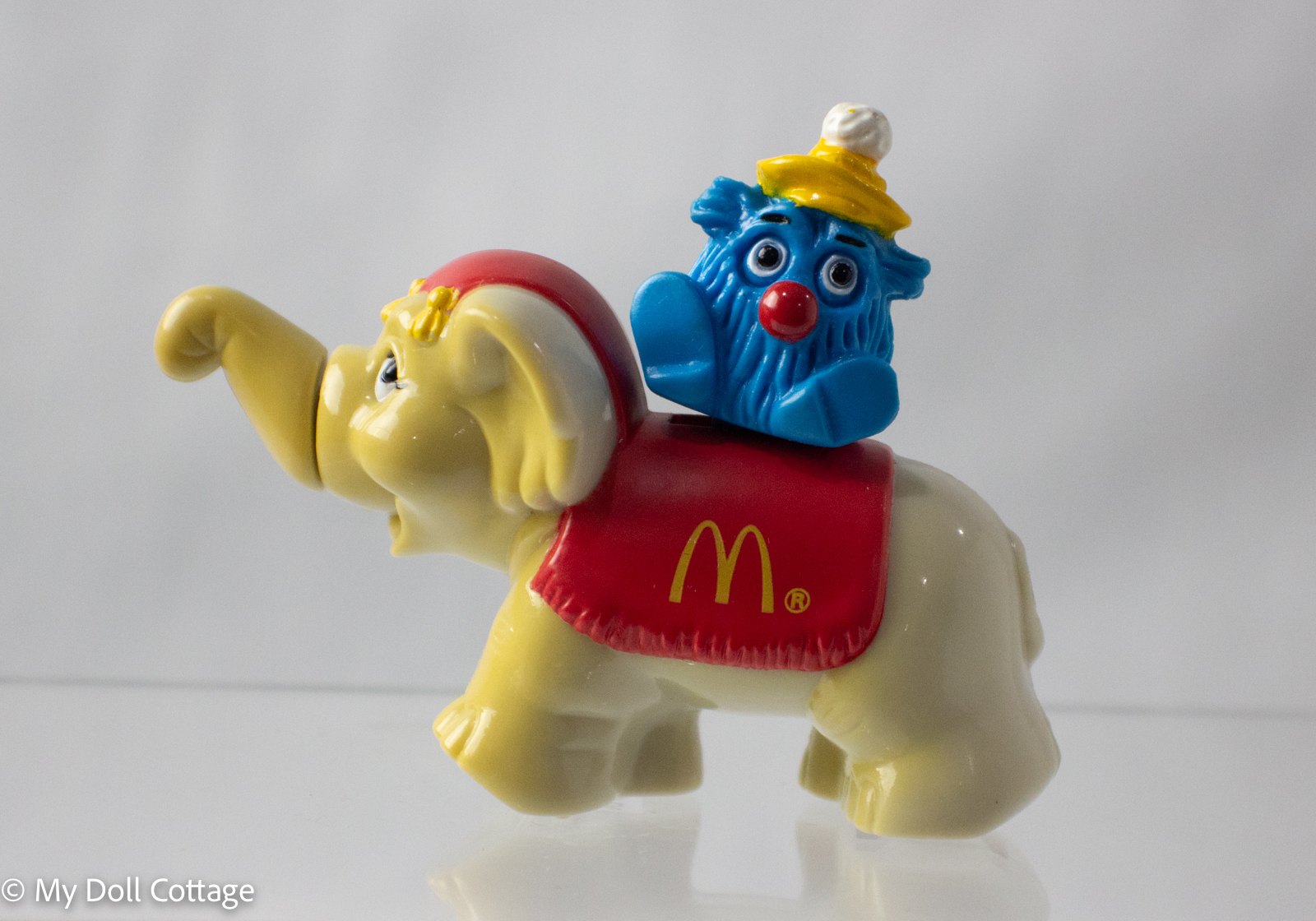Fairylyte Sliding Tile Puzzle — Grey Marble Plastic (Made in England)

A vintage sliding tile puzzle by Fairylyte, made in England. This compact 15-tile game is crafted in grey marbled plastic and measures approximately 60 × 60 × 8 mm.
This charming Fairylyte sliding tile puzzle is a quintessential example of mid-century British toy design. The puzzle consists of 15 numbered tiles (1–15), designed to be shuffled and rearranged into the correct sequence by sliding into the empty space.
The back of the case carries the marking “Fairylyte – Made in England”, confirming its manufacturer. Fairylyte, known for producing affordable plastic toys and novelties in the post-war years, created many pocket-sized amusements like this for children and adults alike.
Features
Measurements: 60mm x 60mm Square, 8mm wide
Condition: Excellent Condition
Markings: Made in England
Dating note: Date is an estimate based on research and stylistic features. If you have additional information, please contact us to help update our records.
Made from the following materials
Hard plastic dolls and toys emerged as a significant innovation in the toy industry during the mid-20th century, revolutionizing the way dolls were designed and manufactured. Hard plastic is a type of thermoplastic, characterized by its durability, lightweight nature, and resistance to breakage. This material became popular for creating dolls, action figures, and various toys due to its versatility and ability to hold intricate details and vibrant colors.
The development of hard plastic allowed for the mass production of toys that were not only affordable but also more resilient than earlier materials like composition or porcelain. As a result, manufacturers were able to produce a wide variety of designs, from classic baby dolls to trendy fashion figures, each with detailed facial features and movable limbs. This material also enabled the incorporation of new techniques, such as molded hair and painted eyes, which enhanced the realism and appeal of the dolls.
Among the earliest forms of hard plastic used in toy manufacturing was **Bakelite**, created in the early 1900s by Belgian chemist Leo Baekeland. Bakelite is one of the first synthetic plastics, made from phenol and formaldehyde. Its properties, including heat resistance and electrical insulation, made it ideal for various applications, including toys. While Bakelite itself is not commonly used in doll-making today, its introduction paved the way for the development of modern plastics in the toy industry.
**Catalin** is another early form of hard plastic that emerged in the 1930s and was often used for creating vibrant toys and dolls. Like Bakelite, Catalin is a thermosetting plastic known for its durability and ability to hold color well. Catalin toys often featured bright, translucent colors and intricate designs, capturing the imaginations of children and collectors alike.
As hard plastic became the standard for many types of dolls and toys, it solidified its place in the industry, leading to the creation of iconic brands and beloved characters. Today, hard plastic dolls and toys continue to be popular, appreciated for their longevity and the nostalgia they evoke. Collectors value vintage hard plastic toys for their craftsmanship and the unique place they hold in the history of toy making.
At our museum, we celebrate the legacy of hard plastic dolls and toys, highlighting their role in shaping the modern toy industry and their enduring appeal across generations.
Related Dolls and Toys from our collection







